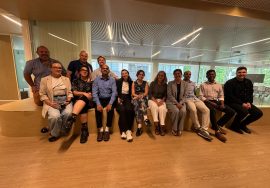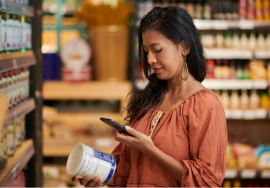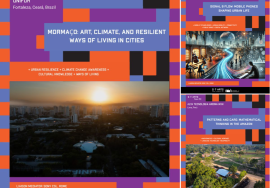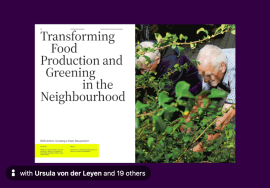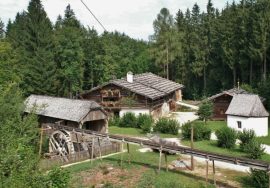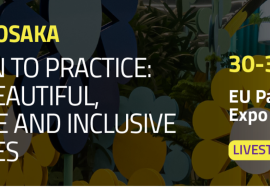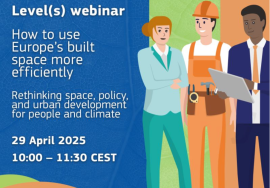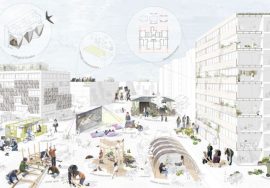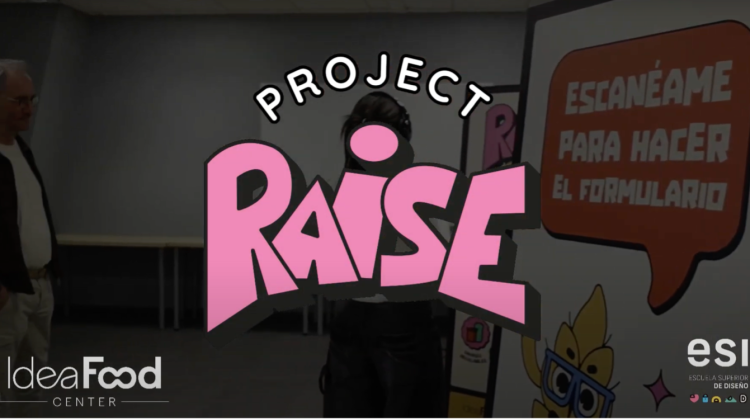
RAISE: Augmented Reality Turns the Breakfast Aisle into a Classroom of Sustainability
What happens when the first thing teenagers do at the grocery store isn’t scroll their phones for discount codes but hold them up to a cereal box to see where the oats were grown or how much sugar hides in their favourite cartoon-branded flakes? That is the question the RAISE experiment—one of the winners of STARHAUS’s first Open Innovation Call—sets out to answer. The project’s new explainer video, now online, walks viewers through an approach that combines game-style augmented-reality (AR) storytelling with solid nutritional science to reshape how young Europeans think about breakfast. LinkedIn
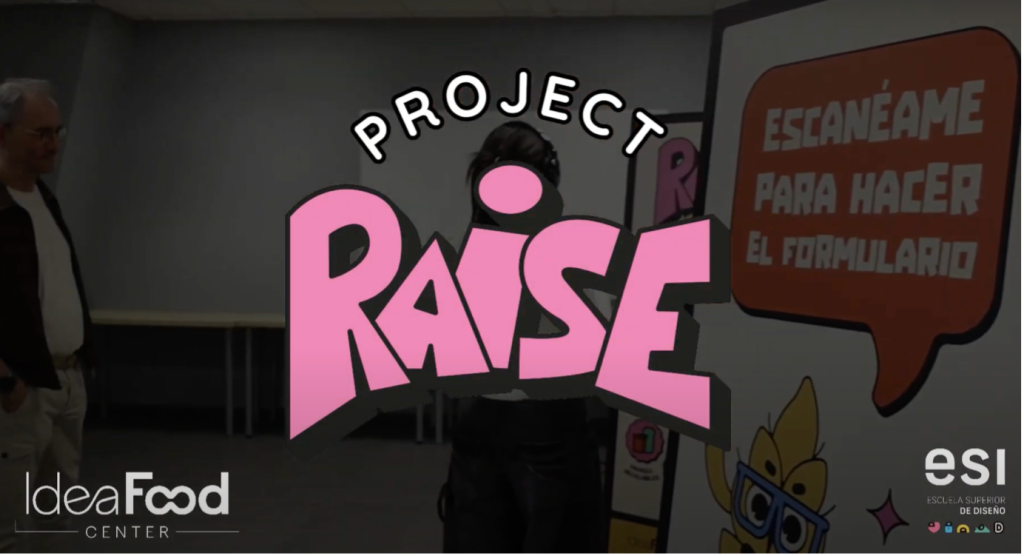
From passive labels to immersive stories
Standard food labels are information-dense but notoriously hard to decode. RAISE flips the script: by pointing a smartphone at any of the four prototype cereal boxes developed under STARHAUS, teens unlock a 3-D scene where animated grains “travel” from farm to bowl, carbon emissions float up like speech bubbles, and a friendly avatar quizzes them on hidden sugars or whole-grain ratios. The goal, says the multidisciplinary team of designers and nutritionists behind the project, is to show rather than tell why certain ingredient choices matter—then nudge users toward lower-impact, higher-fibre recipes they can customise on the spot. starhausproject.eu
How it fits inside STARHAUS
STARHAUS, a Horizon Europe initiative managed by the European Health and Digital Executive Agency (HaDEA), explores local micro-factories that can crank out tailor-made fast-moving consumer goods without the waste associated with centralised mass production. Its breakfast-cereal use case is more than a test of trendy flavours; it is a sandbox for teaching circular-economy principles at breakfast tables across the continent. RAISE supplies the educational layer that STARHAUS alone could not provide. By embedding AR prompts directly into the custom-manufacturing workflow, the partnership ensures that every tweak a consumer makes—less sugar, organic cocoa, locally milled oats—shows up instantly in the interactive storyline and in the product’s own Digital Product Passport. starhausproject.eustarhausproject.eu
Learning that sticks
Why focus on young people? Behavioural-science studies show that dietary habits solidify in adolescence and early adulthood; interventions delivered during that window can influence health trajectories for decades. Yet nutrition classes still rely heavily on chalk-and-talk formats. RAISE replaces abstract pie charts with “choose-your-own-cereal-adventure” quests that reward curiosity instead of rote recall. Pilot workshops held in Spanish and Italian secondary schools this spring revealed striking engagement: students spent an average of 14 minutes exploring AR overlays—triple the time they usually devote to scanning packaging in real-world shopping. Early survey data also suggest a measurable drop in willingness to buy ultra-sweet cereals after the session. starhausproject.eu
A low-threshold technology stack
Crucially, the app runs inside any modern mobile browser—no separate download, no high-end handset required. All assets are lightweight WebXR files that kick in once the carton’s QR code is recognised. That design choice matters for equity: schools in rural regions with patchy Wi-Fi can cache the experience ahead of time, and families who share entry-level devices are not locked out. The open-source code base will be published on GitHub later this year under an MIT licence, enabling teachers to remix content for other food groups or languages.
Beyond the breakfast bowl
RAISE’s impact will ultimately be measured not only in grams of added whole grain but in the ripple effects it creates for suppliers and regulators. Every user interaction generates anonymous metadata about ingredient popularity and sustainability trade-offs. STARHAUS plans to feed those insights back to small mills, malt houses and flavour labs so they can fine-tune their offerings—proof that citizen education and supply-chain innovation can reinforce each other rather than compete for attention.
Watch, share, remix
The three-minute project video—available on the STARHAUS LinkedIn page and YouTube—captures the full workflow, from 3-D modelling sessions in Valladolid to taste-testing events where teenagers scanned prototype boxes before rating flavour. Teachers, youth-group leaders and food-tech startups are invited to watch and get in touch for beta access to the AR modules. For students, the next cereal run could be the first step toward decoding the environmental and social story behind every bite.
If breakfast really is the most important meal of the day, RAISE makes sure it is also the most illuminating. By bundling playful technology with rigorous sustainability metrics, the project shows that learning about healthy eating can be as interactive—and as customisable—as the food on the shelf.

